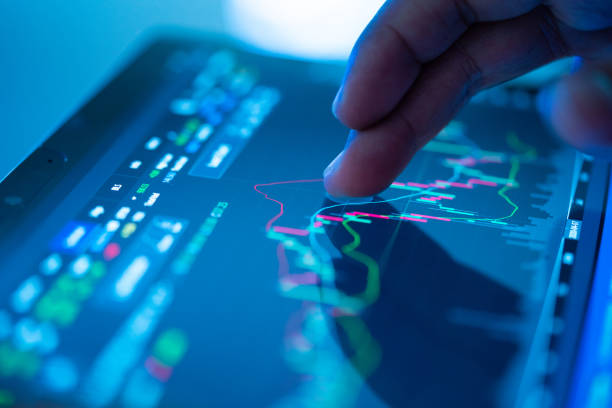The Importance of Real-Time Market Analytics
Real-time market analytics form the backbone of successful trading strategies in today's fast-paced financial markets. The ability to process and interpret market data as it happens provides traders with crucial advantages in timing their entries and exits. Modern analytics platforms utilize machine learning algorithms to identify market trends, detect anomalies, and predict potential price movements based on historical patterns and current market conditions.
Advanced analytics tools go beyond simple price charts to incorporate volume analysis, order flow data, and market microstructure information. This comprehensive approach helps traders understand not just what is happening in the market, but why it's happening. By analyzing the underlying forces driving price movements, traders can make more informed decisions and develop more robust trading strategies.
The integration of artificial intelligence and big data analytics has transformed how traders approach market analysis. These technologies can process enormous datasets from multiple sources simultaneously, identifying correlations and patterns that would be impossible for human analysts to detect manually. This capability is particularly valuable in volatile market conditions where rapid decision-making is essential.




